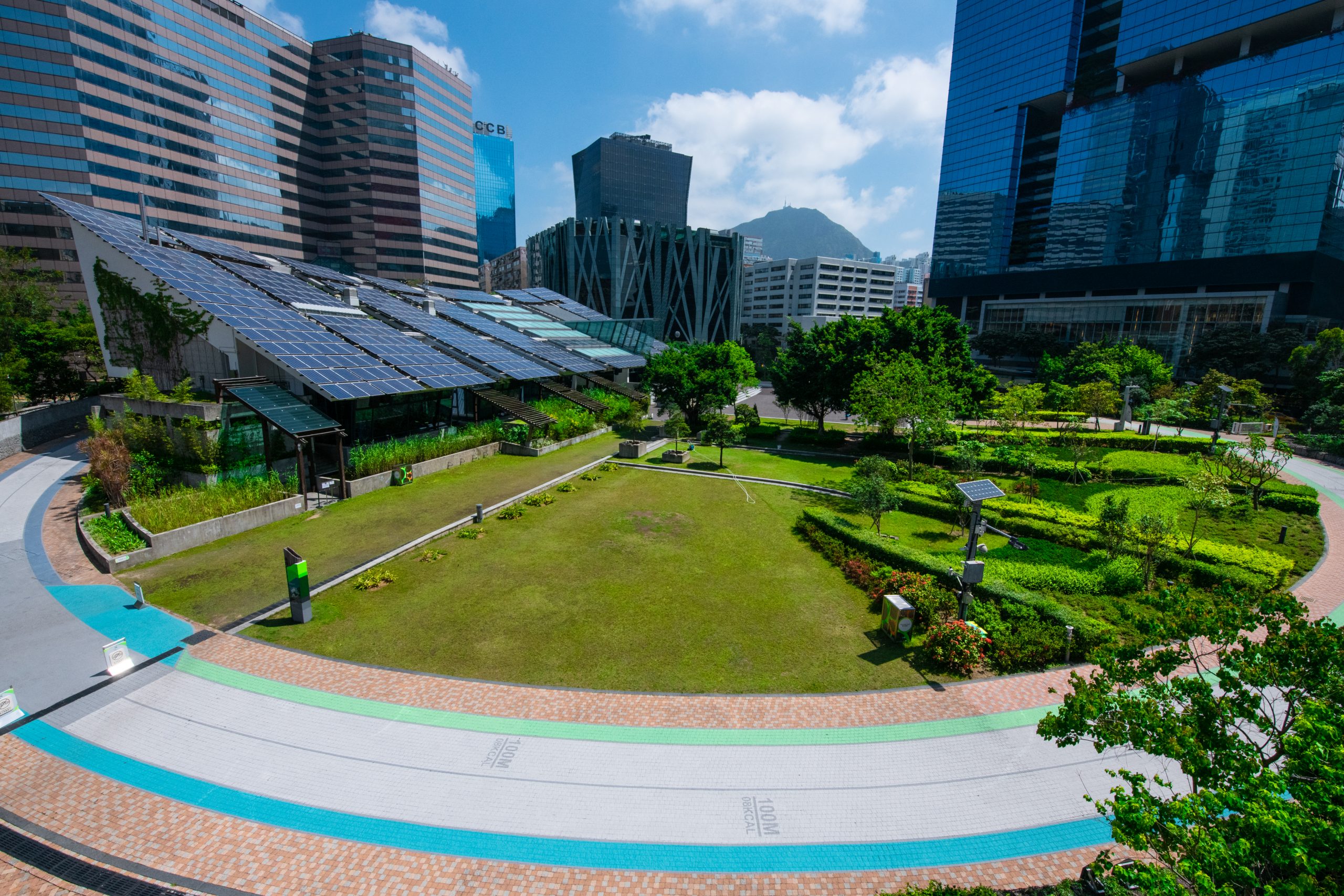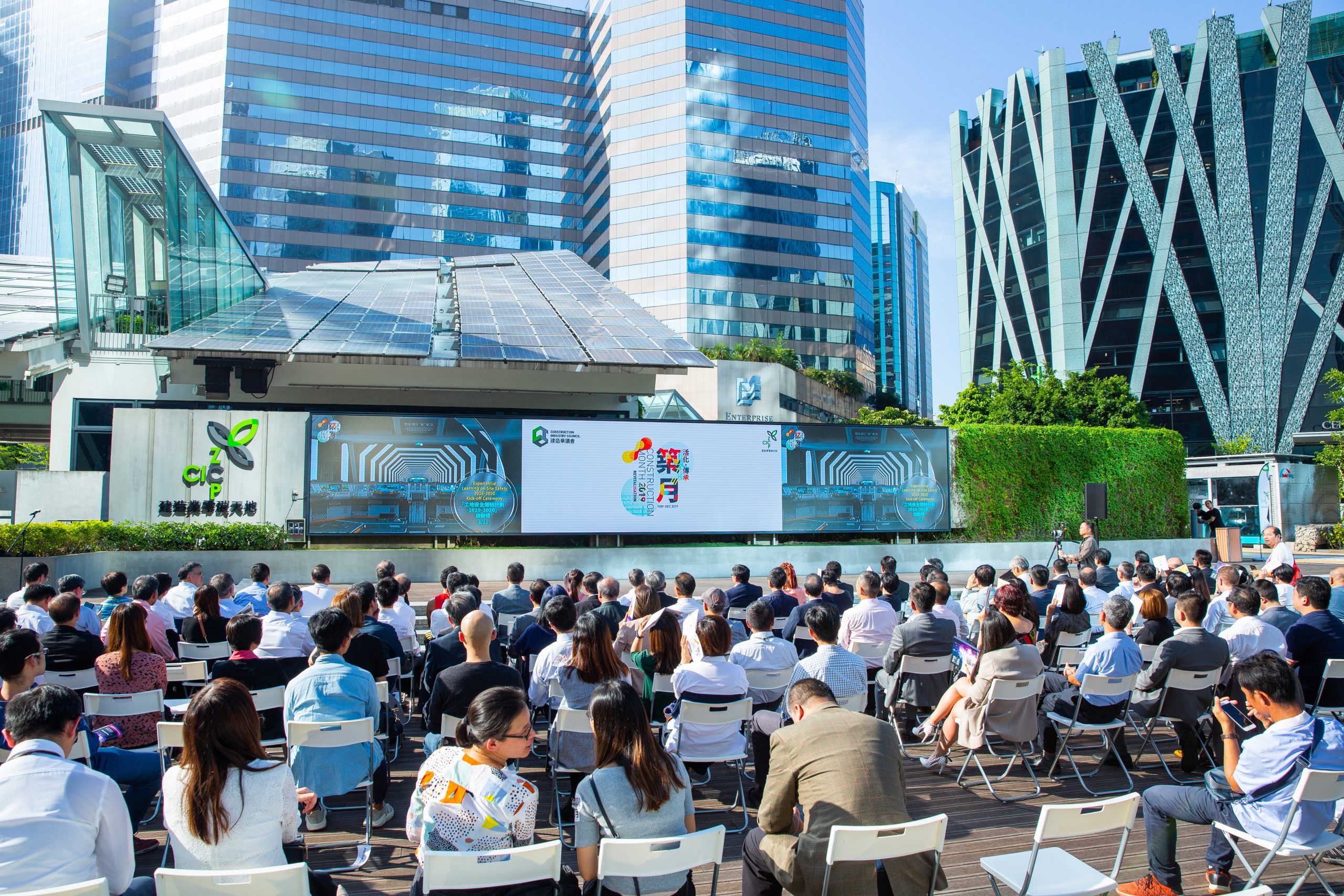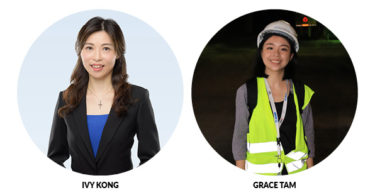Mr Paul Chong Kin-lit has over 20 years of experience in product development in the electrical and mechanical services industry. He is dedicated on enhancing the standard of practitioners in the electrical and mechanical services and construction industries. In 2008, he was awarded the Medal of Honour by the Government of the HKSAR for his contribution in the electrical and mechanical, as well as construction industries.
Currently Mr Chong is the Chairman of the Construction Industry Council Zero Carbon Park (CIC-ZCP), the first zero carbon building in Hong Kong developed by the CIC in collaboration with the HKSAR Government.
Established in June 2012, CIC-ZCP is an exhibition, education and information centre for low/zero carbon building design and technologies, smart city technologies, as well as low carbon living. As a pioneering and inspiring project, CIC-ZCP not only serves as a knowledge sharing platform for the industry practitioners, but also helps raise community’s awareness of low carbon living.
What are some of the highlights since your appointment as the chairman of the CIC-ZCP? What do you want to achieve during your term?
The first significant event right after my appointment in 2018 was the Zero Carbon Mid-Autumn Festival Musical Show with many green features (LED lanterns, reusable decorations, etc.) which will be echoed in the coming Mid-Autumn Festival Concert this year.
Also, the whole site was renovated and upgraded last year mainly on the indoor facilities and this year covering the outdoor landscape with lots of advanced green elements: AIPV (air improvement photovoltaic) glass canopy with a nano layer of cadmium telluride, a stormwater air conditioning system sustainable bamboo flooring, foot traffic resistant yet water saving turf, strategically planted vegetation both for visual enjoyment and air quality improvement, and a jogging track lit using photoluminescent paint.
Despite serious impact of the pandemic, CIC-ZCP was kept open to help members of the public relieve stress. When restaurants were all closed earlier, the park became a welcoming space for people in the community that couldn’t bring their lunch back to an office or wanted to be outdoors. While regular public events could not be organised this year, our first online “Cheer Up Concert” successfully held on 29 August 2020 performed by the popular artist Gigi Leung, with over 600,000 hits and views on the first two days. Two more concerts are currently in the pipeline and will be launched shortly.
The mission of CIC-ZCP is to showcase green living and sustainable construction. This facility is meant to become a centre for the industry and the public to interact under a vivid and pleasant environment on all kinds of green topics, therefore promoting this green concept to all stakeholders in our community. To achieve this, coverage is essential. My target is to expand our exposure both physical and online. One of our priority programs is to outreach students to build up a green behaviour at a young age.
CIC-ZCP is meant to become a centre for the industry and the public to interact under a vivid and pleasant environment on all kinds of green topics, therefore promoting this green concept to all stakeholders in our community.

47 per cent of the site is covered by greenery which helps lower the air temperature by up to 1°C
How have your prior roles and experiences in electrical and mechanical services industry helped you in your work at Zero Carbon Park?
Many green features in the ZCP are E&M related, such as the photovoltaic system, biodiesel power generation, air-conditioning system, energy-saving lighting, air conditioning system and irrigation are all within my expertise. It is, therefore, relatively easy for me to pick up and work with my teammates both internal and external to upkeep and upgrade these systems for the best efficiency.
For example, we worked with one of our sponsors, BuildKing, to develop emMiC (Electrical and Mechanical Modular Integrated Construction for Stormwater Air Conditioning System) which uses rainwater as a condensing medium for the air-conditioning unit. This reduces energy consumption by 50 per cent compared to a traditional air-cooled unit. My knowledge and network in these aspects helped to overcome both technical and administrative hurdles, resulting in an ultra-short cycle from scratch to completion in only six months.
As a pioneering and inspiring project, CIC-ZCP not only serves as a knowledge sharing platform for the industry practitioners, but also helps raise community’s awareness of low carbon living.

“Construction Month 2019” Revitalisation
Can you share the design concept of the Zero Carbon Building? When did CIC start advocating for Zero Carbon design?
The three key pillars of the design concept of ZCP: carbon neutral, energy positive and climate positive. The concept was first conceived in 2010. A Task Force was then set up comprising top green building specialists, engineers and key stakeholders to steer the project, which was completed in just two years in 2012. Since then it has become the priority of CIC to advocate zero carbon design. As a pioneering and inspiring project, CIC-ZCP not only serves as a knowledge sharing platform for the industry practitioners, but also helps raise community’s awareness of low carbon living.
How will technology and innovation, such as MiC and robotic automation transform the built environment in the coming year?
Technology and innovation will certainly change the current in-situ labour intensive environment into a more knowledge-based process with standardised skills. The workforce will also have to evolve to perform under this new environment. MiC and robotic automation will further shift production to controlled external sources, demanding a different set of logistic and site skills.
How can the application of MiC help to foster sustainable building design in the future?
Reduction of wastage and abortive work will contribute greatly to sustainability. Possibility to reuse the modules when the building is dismantled or relocated will further contribute. Shortened construction time will also help saving in consumption of resources in all aspects.

Bird’s-eye view of CIC-ZCP
What are biggest challenges of applying advanced technology and innovation in the local industry?
One of the problems of the adoption of advanced technology and innovation is the initial investment that needs to be made, that is quite high to small and medium entrepreneurs. In the beginning, the amount necessary to implement certain technologies in a business may be higher than you’d expect especially in the construction industry. Secondly, fear of failure is one of the most common reasons for resistance to change because it stops you taking any action at all. Despite the presence of change all around us, organizational change does not come easy, however, in fact, many organizations fail to make the changes that are necessary for their survival.
No matter in sustainable development or technology transformation, it is important to understand that big things have small beginnings. Any design that has minimal negative impact on its environment, community, and economy regardless how small it is, is worth pursuing. When we add up all these small changes, it will make a big difference in the world.
This is an excerpt. The original article is published in Construction+ Hong Kong Issue 20. Subscribe to the digital edition or print magazine to read the complete article.











